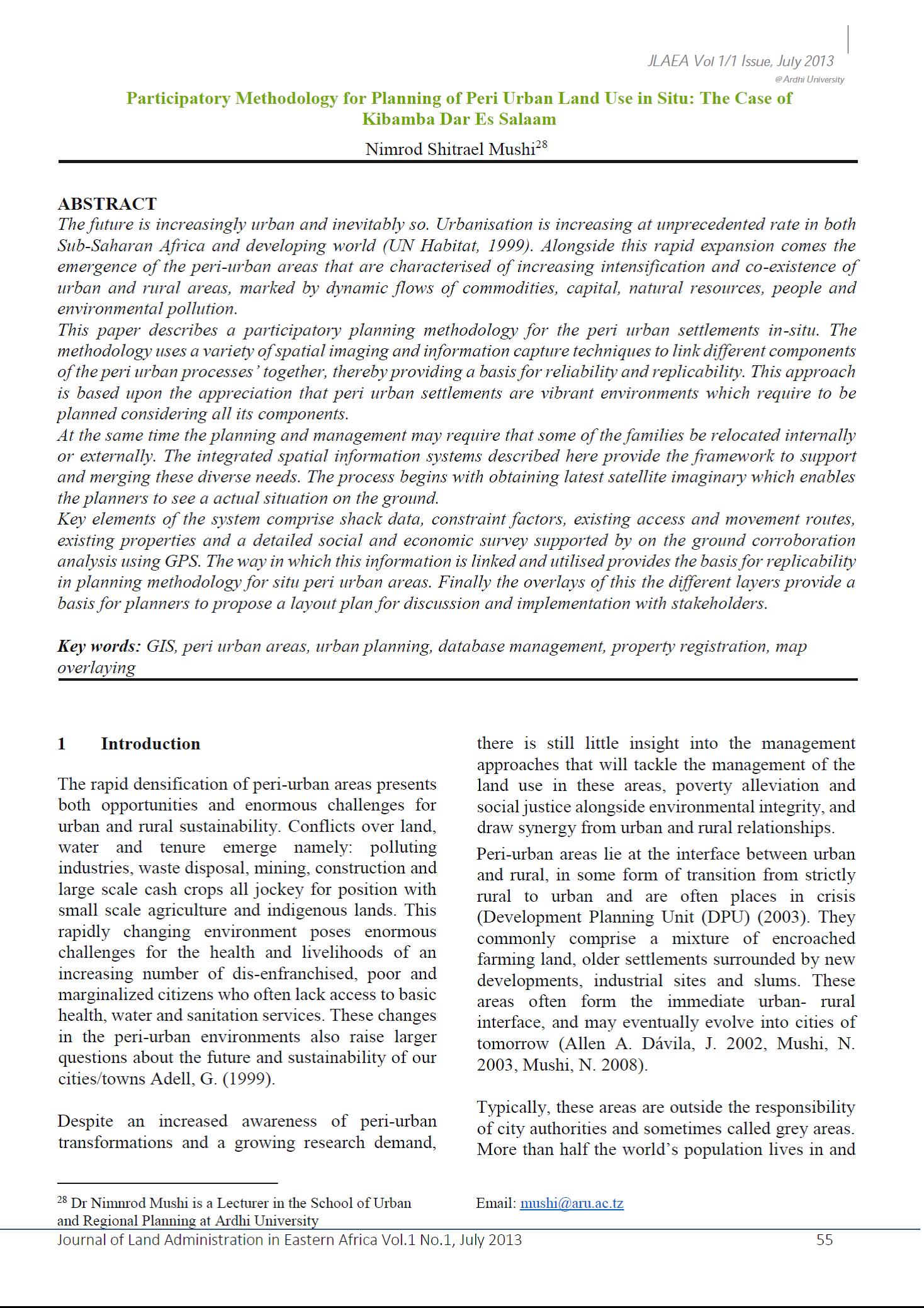Guidelines for Linking Population and Housing Censuses with Agricultural Censuses with selected country practices
This publication aims to provide practical guidance for population and housing census and agricultural census planners looking to implement a cost-effective census strategy by coordinating the population and housing census with the agricultural census.


